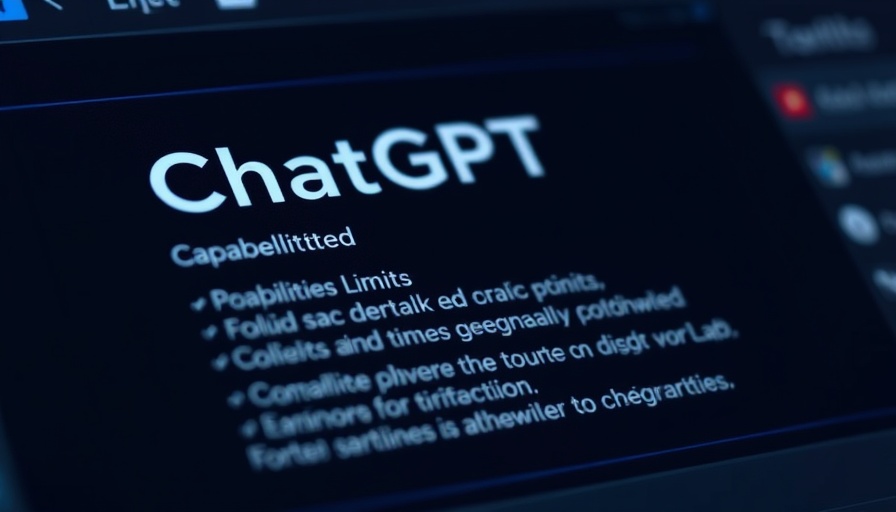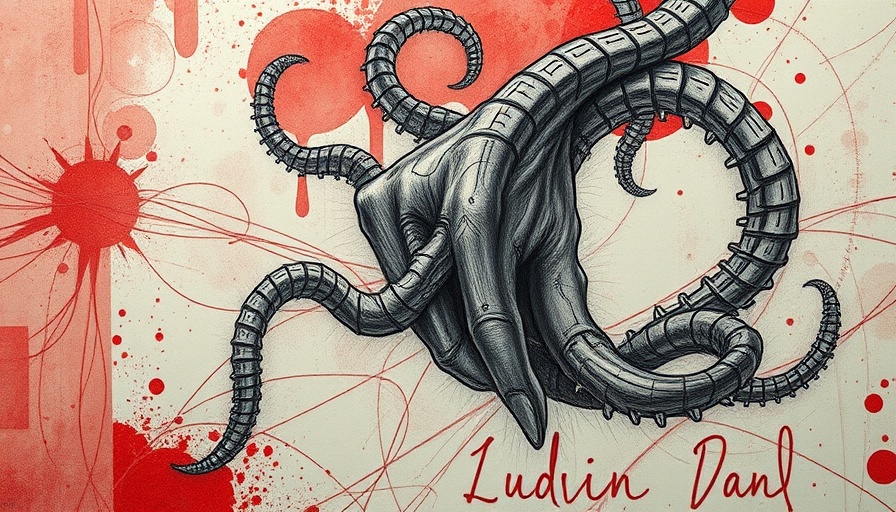
What Does the $30 Billion Data Center Project Imply for AI?
Elon Musk and Microsoft’s collaboration on a $30 billion data center initiative marks a significant shift in the landscape of artificial intelligence infrastructure. This partnership, which also includes BlackRock and UAE-based MGX, signals that the competitive stakes in AI are higher than ever. Their joint venture, termed the AI Infrastructure Partnership (AIP), aims to develop the necessary infrastructure to support burgeoning AI technologies.
Historical Context: The Rise of AI Infrastructure
The development of AI models requires immense computational resources, often leading to the establishment of large data centers. This trend has been accelerating, particularly as more companies recognize the potential of AI technologies. Since the inception of major players like OpenAI, the race to create advanced models has led companies to seek robust partnerships to share the financial burden associated with building such expansive infrastructures. Musk's involvement not only signifies a personal victory against rival Sam Altman but also underscores the increasing collaboration between former competitors in an effort to drive AI innovation.
Electricity and Its Role in AI Infrastructure
One pressing concern with AI infrastructure is energy consumption. Data centers are notorious for their substantial energy demands. Musk's xAI has faced criticism for relying on gas turbines for energy, while others advocate for a shift toward nuclear energy to power such facilities sustainably. The challenge ahead is not merely constructing the physical infrastructure but doing so in a way that aligns with sustainable practices—an endeavor that could take years to realize. The urgency is palpable, as AI systems grow ever more demanding, and companies are compelled to innovate toward greener solutions.
The Future of AI Models: How Partnerships May Shape the Field
The partnership's potential expansion to include additional investors is indicative of broader industry trends. Companies, including those in finance, are keen on long-term infrastructure projects that promise stability and growth. As Microsoft distances itself from OpenAI, developing in-house AI models, there is a clear strategy to reduce dependency and mitigate risks associated with external partnerships. This trend pressures the AI landscape into a tiered system of established giants and innovative startups.
Competitive Dynamics: Musk vs. Altman
The rivalry between Elon Musk and Altman serves as a backdrop to this new collaborative effort. As Microsoft broadens its AI capabilities, it’s clear that both Musk and Altman are fiercely protective of their respective interests. Musk’s ventures tend to attract attention and investment, particularly given his larger-than-life persona and history of disrupting markets. From Altman’s perspective, the emergence of xAI presents both a challenge and an opportunity to innovate and differentiate OpenAI’s offerings.
Moving Forward: Opportunities and Challenges
As society continues to forge ahead into an AI-driven future, Musk and his partners face numerous opportunities and challenges. The race to harness the power of data and AI technology not only influences business outcomes but also societal structures. Industry leaders must navigate public sentiment around job displacement due to AI—balancing innovation with ethical considerations. As the AIP embarks on this ambitious journey, how they address these concerns will be crucial in shaping their long-term success.
In light of this unfolding narrative within AI, it’s essential for enthusiasts and industry stakeholders to stay informed. With investments surging and competition heating up, the next few years will be pivotal in understanding how data centers evolve in tandem with AI applications. As partnerships like the one between Musk and Microsoft emerge, reflecting on their implications is vital for those passionate about the future of technology.
For deep insights on how these developments will impact the tech landscape, keep an eye on industry news and analytical opinions as the story unfolds.
 Add Row
Add Row  Add
Add 




 Add Row
Add Row  Add
Add 

Write A Comment